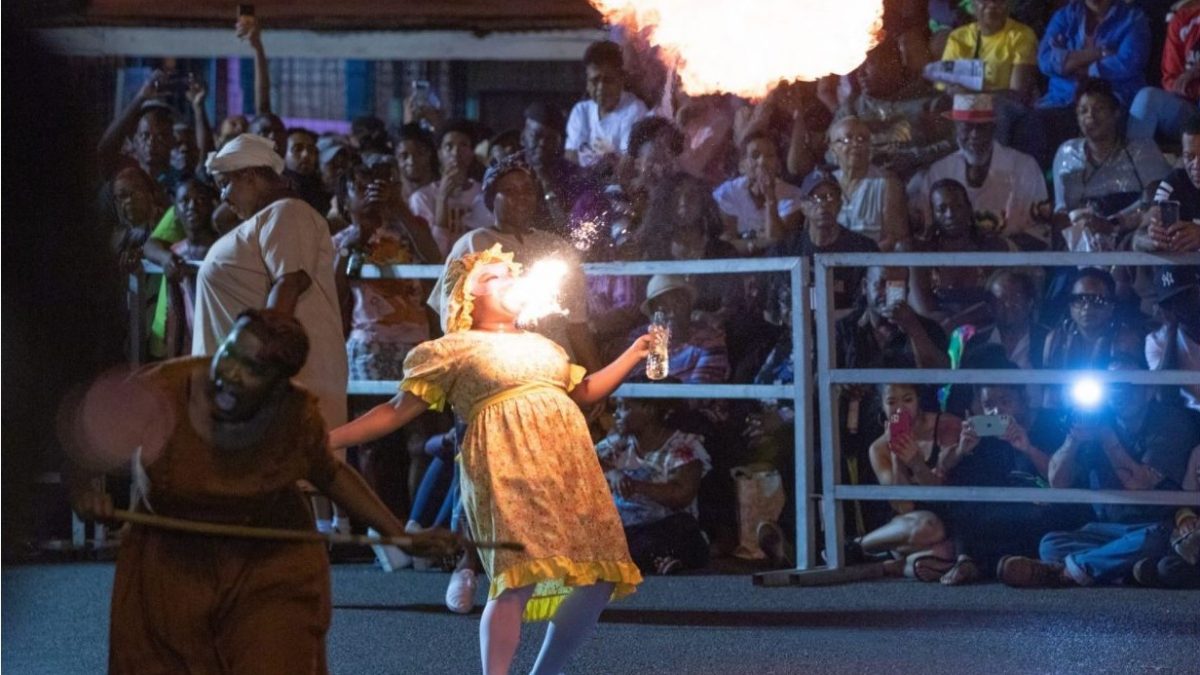Canboulay: The history of Trinidad’s carnival comes alive in an explosion of colour and revelry

Every year, Carnival lovers the world over flock to Trinidad to indulge in revelry infused with an explosion of colourful costumes, wanton revelry, soca and calypso.
While most mas fanatics are familiar with the party side of Carnival, it’s easy to overlook the multi-layered elements of the season as well as what its origins entail.
Indeed, present-day Carnival is a celebration of island pride and freedom of expression but it’s important to remember that the festivities are deeply rooted in rebellion and the re-enactment of Canboulay Riots stands as an artistic ode to our revolutionary past.
Carnival during post-Emancipation held a different meaning than its celebrations during enslavement. In the late 18th and early 19th century, the planter class and free coloureds hosted masquerade balls symbolising a “farewell to the flesh” ahead of the Catholic Lenten season. These masquerade celebrations included dressing up and mimicking each other as a form of entertainment. Following the end of slavery, however, ‘mas’ celebrations converged into that of defiance. As scholar JD Elder noted, “Canboulay is basically a ceremony symbolising cane-burning that Africans of Trinidad devised to celebrate their ‘freedom from slavery’ in 1838.”
…
Full article:
Published Mar 02, 2020



